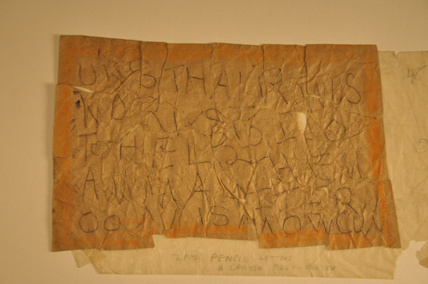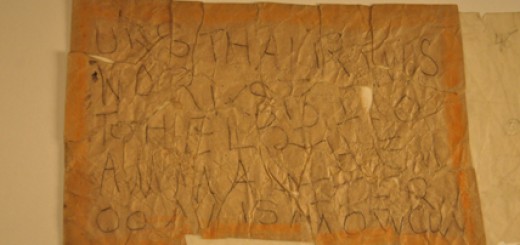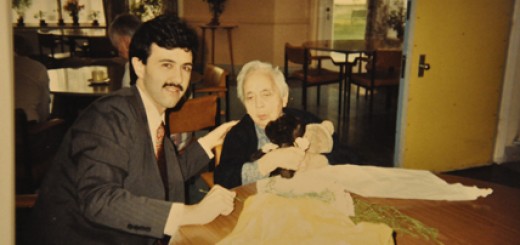Who Was Opal Whiteley?
Adapted from Opal Whiteley: The Unsolved Mystery By Elizabeth Bradburne Lawrence
Opal lived in the home of a lumberman and his wife in the woods of Oregon at the turn of the 20th century, where she wrote her childhood diary on scraps of paper – brown paper bags, the backs of envelopes – anything she could get hold of.
After leaving University, she wrote a nature book, which she took to the Atlantic Monthly hoping it might be published. The editor was intrigued by Opal’s vivid childhood recollections and asked her if she had kept a diary.
The diary had been torn up, but Opal had kept the pieces. She painstakingly put them together and it was published in 1920, in America and England. Then it was forgotten, until introduced by a B.B.C. broadcast forty years later. [Elizabeth Bradburne Lawrence was the B.B.C. journalist who rediscovered the diary and the diarist.]
In the meantime, Opal’s attention had been drawn to a number of French words and phrases in her diary. Eventually she came to feel that her real father had been Prince Henri D’Orleans, the one-time heir to what would have been the throne of France.
Since then, she has been known in England as Princesse Françoise Marie de Bourbon Orleans. She died in February 1992, in a hospital near London, where she lived well into her nineties, still certain that her father was Henri D’Orleans and that her name was Françoise.
The importance of Opal and her diary is not the mystery of who she was, fascinating as this is, but in the insight her diary gives into the inner life of childhood.
Elizabeth Bradburne Lawrence was a radio journalist for the British Broadcasting Company and a renowned expert in childhood development, authoring two series of reading books that were the standard teaching system throughout Britain.


